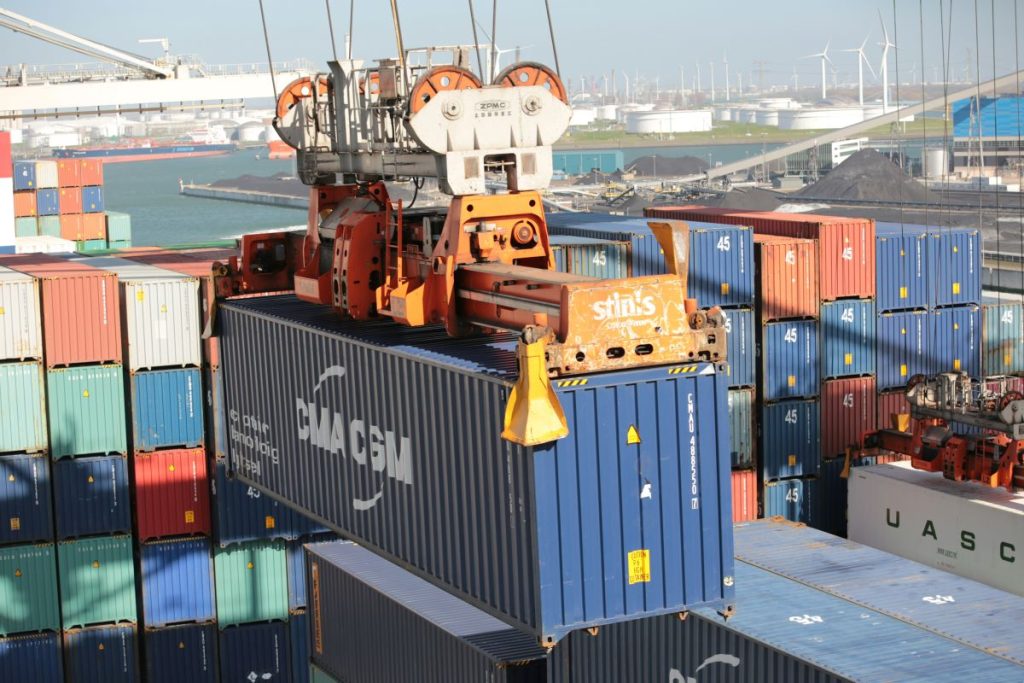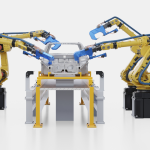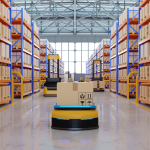Critical Role of Ports in National and Economic Security
Ports are foundational to America’s national economy, handling 70% of international trade. The recent threat of a strike by the International Longshoremen’s Association, which risked approximately $4.3 billion per day of economic activity, underscores the vital importance of maintaining stable and efficient port operations. This incident highlights the broader implications of port disruptions on our economic growth and global competitiveness.
Modernization as a Pathway to Resilience
The recent agreement to include automation in port operations marks a significant step forward, emphasizing the critical role of modernization in enhancing the efficiency and security of our supply chains. However, the confrontation leading up to this agreement reveals the challenges in aligning various stakeholders’ interests against the backdrop of technological advancement.
Asia’s Ports Set Global Standards for Efficiency
Asian ports have demonstrated remarkable successes in automation, which serve as compelling models for U.S. port authorities. For instance, the port of Tianjin reported a significant productivity increase from 15 to 20 moves per hour with automated rubber-tyred gantry (RTG) cranes using the advanced H-Move2.0 system. This reflects a 33% increase in productivity, highlighting the efficiency gains possible through automation. Moreover, the deployment of automated systems has allowed the port to manage higher densities and achieve greater stacking heights, fundamentally enhancing throughput capacities without the need for extensive physical expansion.
Investment in Workforce Development
Embracing port automation necessitates a paradigm shift not only in technology but also in workforce development. As demonstrated by leading Asian ports, effective training programs are integral to the successful implementation of automated systems. These programs focus on re-skilling and up-skilling workers to manage, maintain, and optimize new technologies, ensuring a seamless transition from traditional roles to more technologically advanced positions.
On the Job: Real-World Training Programs that Reshape Port Workforces
Training initiatives include comprehensive onboarding processes for new technologies, ongoing education programs, and partnerships with technology providers to offer specialized training in the use of automated machinery and software systems. Collaboration with local technical schools and universities to develop curricula that reflect the skills needed in modernized ports ensures a pipeline of qualified workers. New career pathways in IT support, system management, digital logistics planning, and cybersecurity become prominent, with dynamic training programs designed to equip workers with skills transferable across different aspects of port operations.
Steering the Future of Ports
The potential for prolonged port disruptions poses a significant risk to the stability of supply chains. It is imperative that industry leaders and policymakers work collaboratively to preempt such disruptions through strategic planning and robust investment in both infrastructure and human capital. Learning from Asia’s proactive implementation of port automation can inspire similar initiatives in the U.S., leveraging technology to enhance our competitive edge while maintaining labor harmony.
Embracing Change to Secure Future Prosperity
The spirit of innovation that once drove the adoption of containerization must also guide our approach to automation. Resistance to necessary changes not only hampers our competitive edge but also risks the long-term viability of our supply chain infrastructure. By embracing new technologies and investing in our workforce, we ensure that our ports remain capable of supporting America’s economic activities and securing our national interests for generations to come.
This focus on port modernization, inspired by successful models in Asia, is more than a logistical necessity; it is a strategic imperative that supports the entire supply chain ecosystem, ensuring that America remains at the forefront of global trade and economic leadership.







